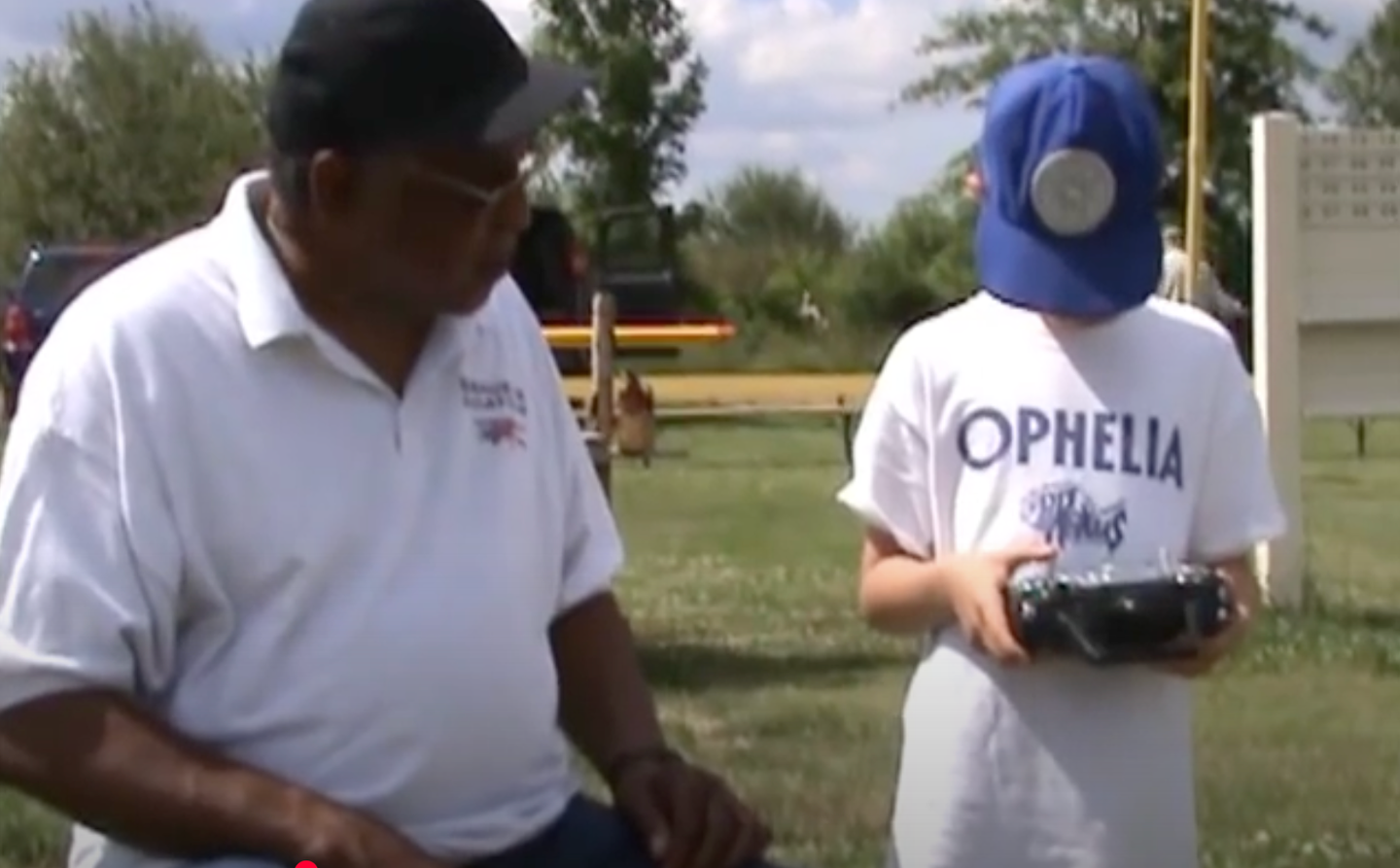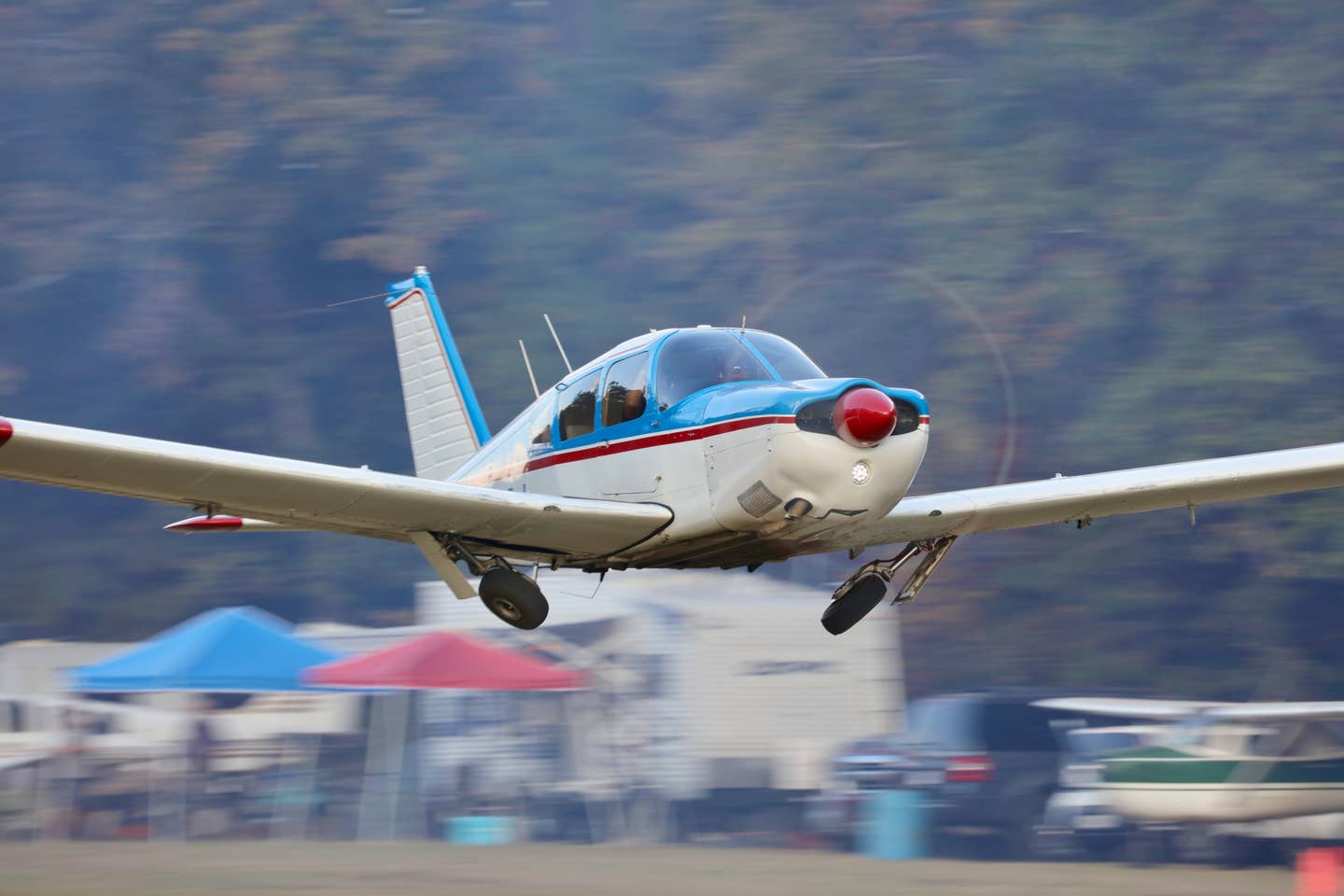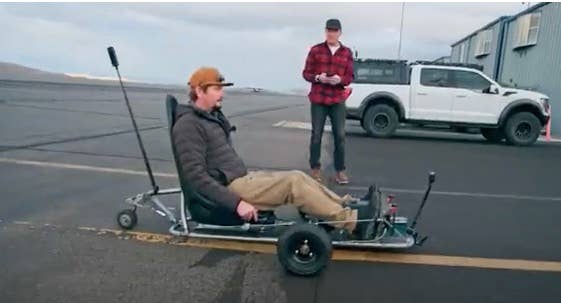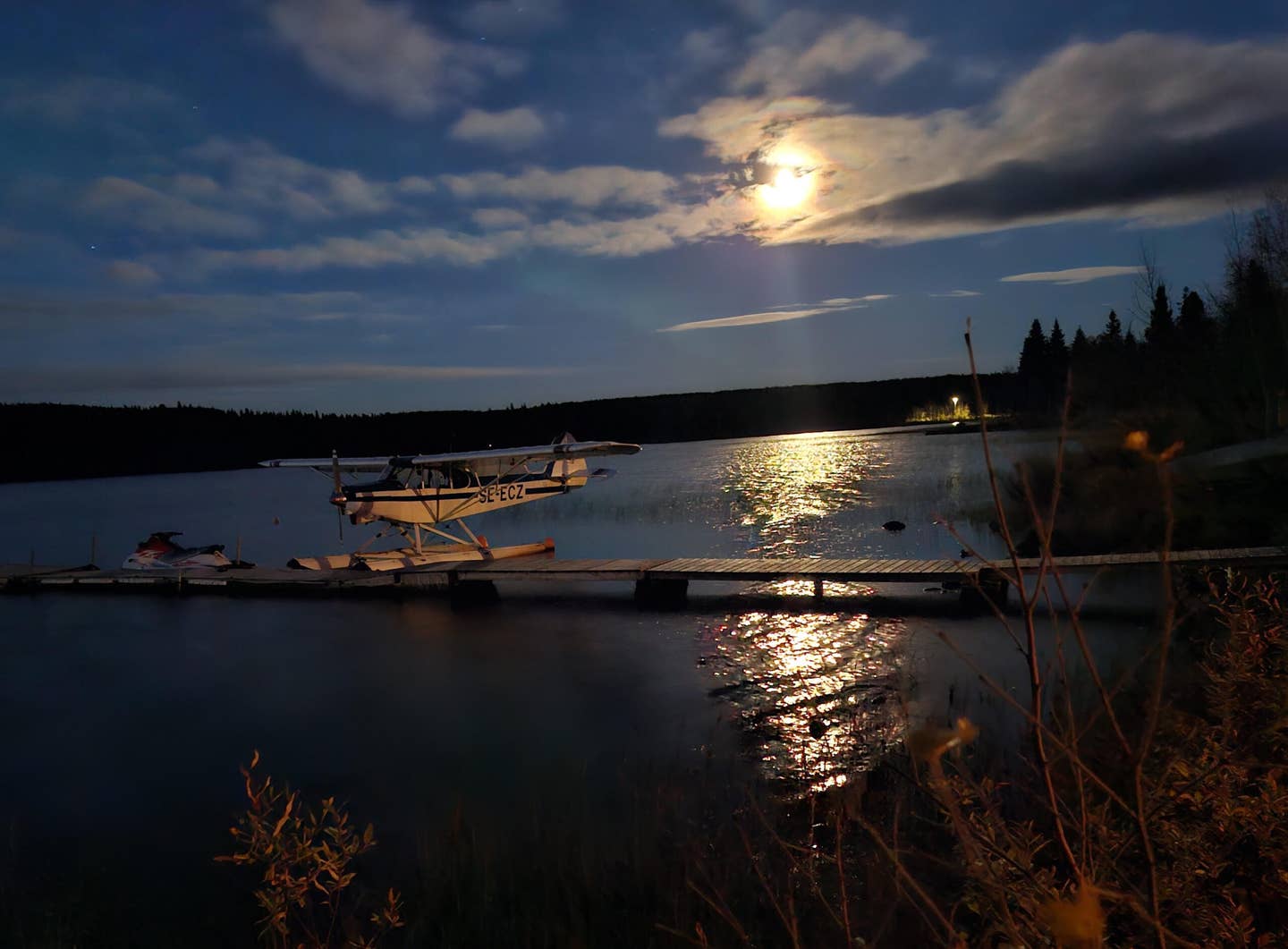Even A Numbskull Like Me Can Learn To Fly A Gyroplane
It’s a gyroplane, not a gyrocopter and it’s nothing at all like a helicopter. In this video, AVweb’s Paul Bertorelli explains what’s involved in getting a gyroplane add-on rating or…
It's a gyroplane, not a gyrocopter and it's nothing at all like a helicopter. In this video, AVweb's Paul Bertorelli explains what's involved in getting a gyroplane add-on rating or even starting from scratch. Whatever the hell you call them, gyroplanes are a ton of fun to fly. This video was shot at Blades Over Me in Sebastian, Florida, last winter, before the COVID-19 pandemic.
Paul BertorelliEditor
Related Stories






